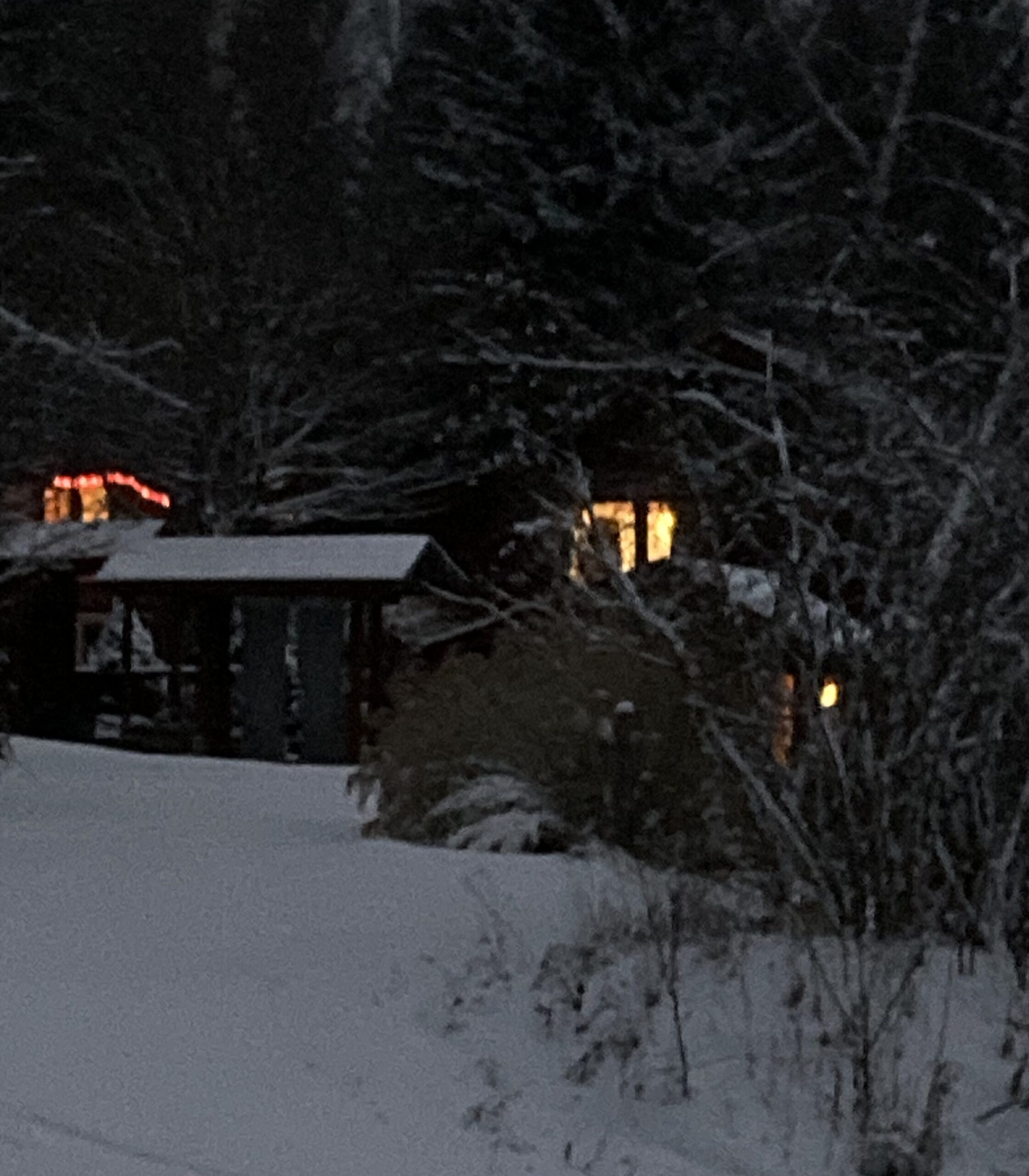My first three years of life were lived not far from a chocolate chip cookie factory. It was a great place to spend my primal years. The scent of the cookies made breathing itself a sweet experience. Ever since then, I’ve loved such cookies⎼ and breathing.
After college, I served in the Peace Corps in a rural village of the West African nation of Sierra Leone. At one point, I became very sick from a combination of illnesses. There was little food in the village and what was available I couldn’t tolerate. I needed medical care, but the only Doctor I knew of was hours away in the capitol, Freetown. When I arrived in the capitol, I ate the sole food I could even imagine being near, let alone eating, namely a few chocolate chip cookies which my mom had sent.
Maybe it was because of the memory of the chocolate scented air, or maybe because they were from my mom⎼ and maybe they weren’t very nutritious⎼ but I always imagined the cookies, not the medications from the doctor, saved me from starvation. The cookies had such a healing effect on me that the next day, I was able to eat another familiar food, a hamburger. I was lucky I was in Freetown because that was the only city in the country at that time to have a restaurant that served them. After that, my appetite returned. The dark, painful memory lives in my body even now reminding me how much I love eating.
Dark times can often make any bit of light seem brighter. I’ve written before about how, lately, I wake up 3, 4, 5 times a night. And I’ve come to feel the physical dark not as a deprivation of light, or as something frightening, but as a comfort and friend. When I get up, and it’s still dark, I look out the window to see what beauty the night had created. For example, in late fall and winter, the moonlight or distant city lights turn tree branches into dramatic sculptures, bare fingers stretched out to the sky.
Several years ago, when I was leading an improvisational theater workshop, we tried an experiment. Some of the people in the group said darkness was frightening. Others disagreed. So, we planned an experiment. Our next meeting would take place in a large college classroom with no windows and where we could turn off every light, even the exit signs. The darkness in the room was total.
Beforehand, I moved most of the chairs together, in groups, so distinct, twisting paths to the center of the room were created. People were allowed to enter almost ceremoniously, one by one, with about a minute between them. The object was, without talking or making noise, to see how hard it would be to find each other in the center of the room.
And we did find each other, more easily than anticipated. I entered last, to find the whole group gathered closely together. Once I arrived, I asked if we should turn on the lights. The unanimous reply was “no.” No one wanted light, or to leave.
Now the physically darkest time of the year is before us….
*Please go to the Good Men Project to read the whole post.


